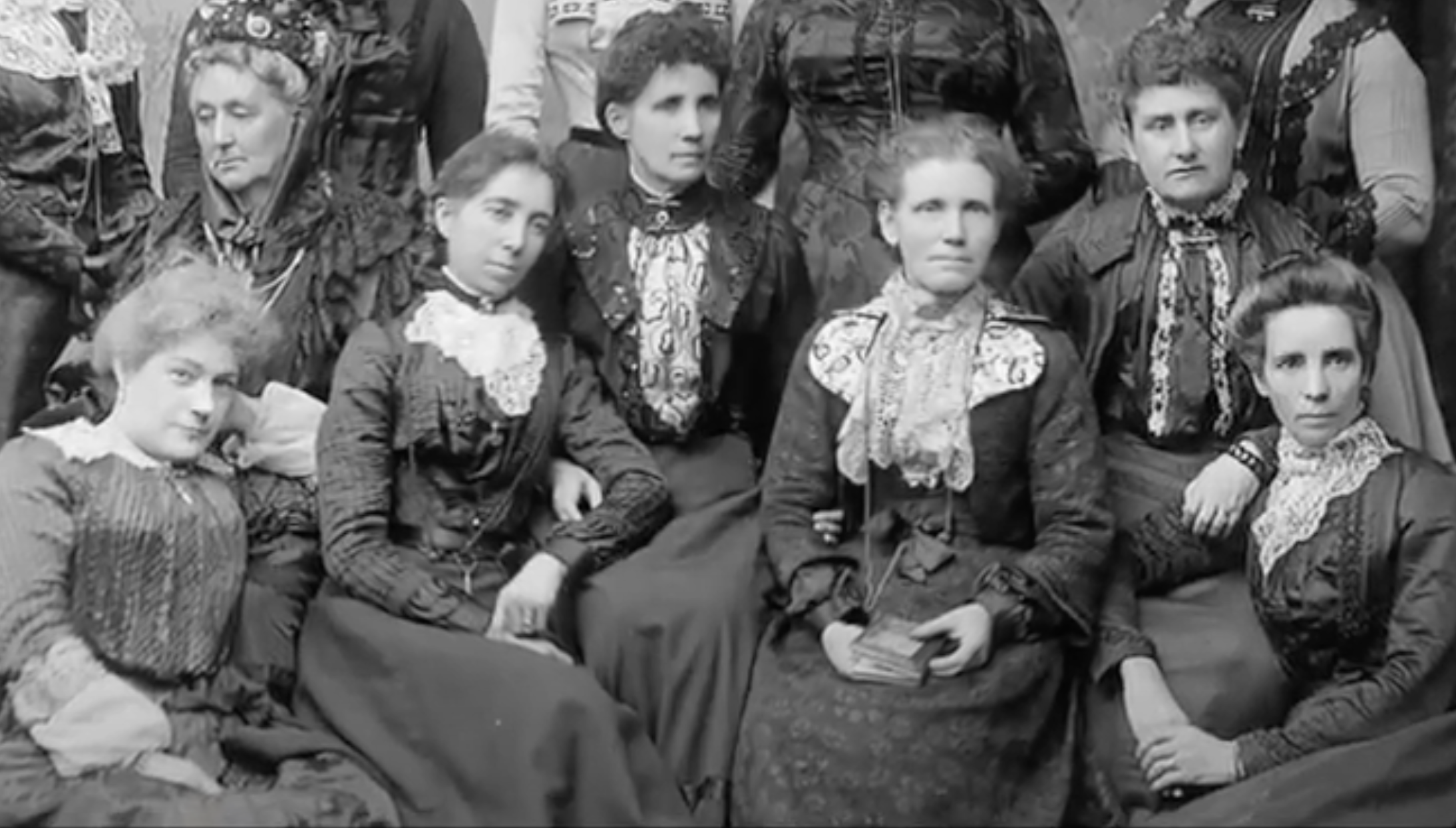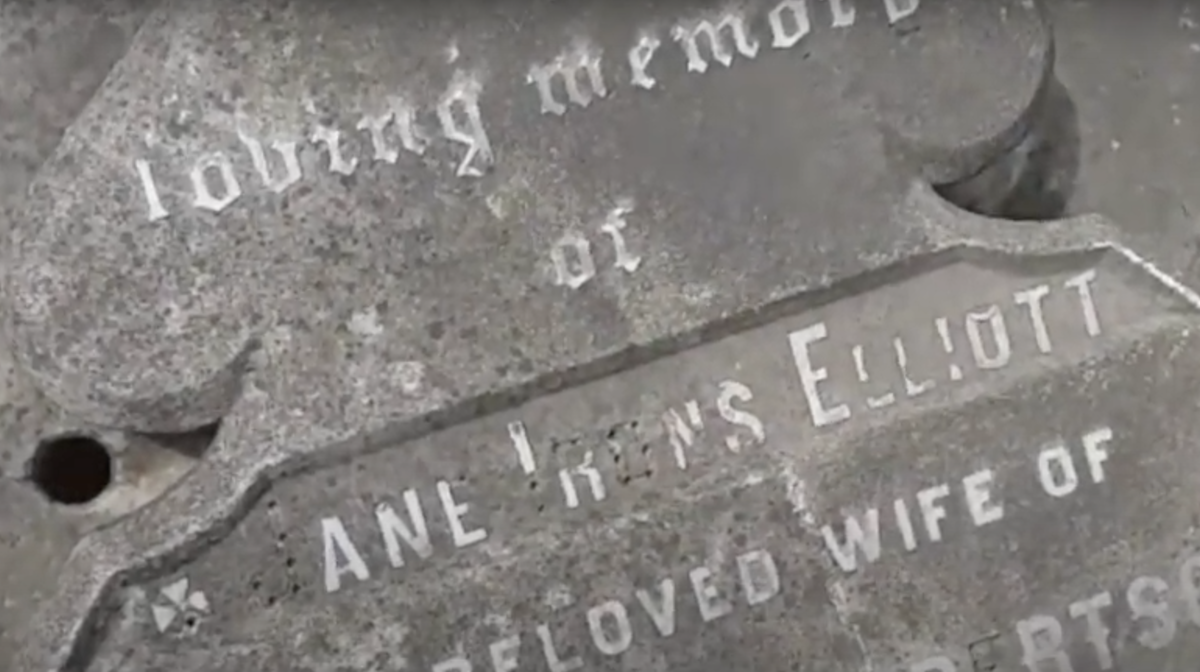The Independent's journalism is supported by our readers. When you purchase through links on our site, we may earn commission.
‘These women played an important role’: The untold stories of colonial women in India
Apart from their gravestones and cemetery records, no account of these women’s lives and achievements exist writes Sayan Dey

Your support helps us to tell the story
From reproductive rights to climate change to Big Tech, The Independent is on the ground when the story is developing. Whether it's investigating the financials of Elon Musk's pro-Trump PAC or producing our latest documentary, 'The A Word', which shines a light on the American women fighting for reproductive rights, we know how important it is to parse out the facts from the messaging.
At such a critical moment in US history, we need reporters on the ground. Your donation allows us to keep sending journalists to speak to both sides of the story.
The Independent is trusted by Americans across the entire political spectrum. And unlike many other quality news outlets, we choose not to lock Americans out of our reporting and analysis with paywalls. We believe quality journalism should be available to everyone, paid for by those who can afford it.
Your support makes all the difference.When I was a child growing up in Kolkata – previously called Calcutta – I would hear stories about the European colonisation of Bengal, the precolonial name of India’s West Bengal. These were selective narratives from a particularly male perspective and presented colonisers as transforming social benefactors installed to provide a civilising influence. The rich histories of Indian philosophy that were once associated with religion, education and health were replaced by the colonial philosophy of conversion, modernising and improvement.
But it was not just European men; women too played a pivotal role in normalising colonisation in Bengal in the 19th century. The wives and daughters of merchants, engineers, ministers, doctors and architects came to India and not only supported their husbands and families but took on what they saw as humanitarian roles where they felt they could be useful in the community.
But you wouldn’t know this from reading any European colonial histories of Bengal, because the stories of these women have largely been ignored. The majority of existing narratives about the Scottish influence on the colonisation of Bengal reduces women to just “partners”, or those who came to India “because they wanted to find husbands”.
My research rediscovers the stories of such women interred at the Scottish Cemetery in Kolkata, the West Bengal city that was once the administrative HQ of British India. I wanted to highlight and explore these forgotten social histories through a “hauntological” perspective. Rather like a ghost, these unearthed stories were a returning of the past to “haunt” the present.
By uncovering the complicating histories of colonial women, I wanted to highlight the challenges of the decolonial gaze, which seeks to counter traditional historical narratives created by colonisers. In other words, the untold stories of the Scottish women revealed in my documentary returned to the present to disrupt the accepted interpretations of European colonial history in West Bengal. This now invites people to engage with a different and overlooked perspective of the period.
The stories that remain on their gravestones function as what anthropologist Fiona Murphy calls ‘unpacified ghosts’
While their husbands were building, buying, managing and administrating British India, wives and daughters were working in hospitals, teaching in schools and helping to provide community services. But their efforts and contributions went unacknowledged in the historical unfolding of empire.
A documentary approach
In 2019, I collaborated with academics from Bridgewater State University in the US in making the documentary to look into these issues. The documentary argues that the physical death and decay of the human body does not necessarily erase the social and historical narratives that have shaped a person’s existence.
Through their discovery and circulation, the cemetery stories of the Scottish women endure beyond graveyards that decline with time and exist for now and the future. The women’s stories make an effort to “honour and resurrect the future inside the past” because they have laid bare another dimension to European colonisation that previous interpretations had overlooked.
The documentary engages with the narratives of 11 Scottish women, selected from the available list of names in the cemetery records. Initially, 24 women were identified for documentation but less than half could be used because the carvings on so many of the gravestones were too faded or degraded to use. The film shows that these stories have not come from existing written or oral accounts. Instead, these tales of real and often-difficult lives have been resurrected from the information chiselled on to gravestones.
Here we find stories of Scotswomen such as Jane Elliott, who worked as a missionary and looked after homeless children in Calcutta; or Christina Rodger Wighton who worked with people suffering from cholera, malaria and dysentery and died herself of cholera aged just 27; or Caroline Leach who arrived in India in 1850 just as epidemics broke out and worked as an apothecary in a leper colony; or Anne Baynes Evans who worked with the poor through the Baptist Missionary Society and was committed to educating young Indian women. Apart from their gravestones and cemetery records, no account of these women’s lives and achievements exist.
Many other colonial women’s lives in India follow the same pattern. Here were Scotswomen who saw their role as benevolent colonisers, contributing towards the “growth” and “development” of Calcutta by establishing schools for girls, health centres, nature parks and places of worship. But the ultimate goal of their high-minded and no doubt well-meaning contributions was to justify why colonisation was necessary.

Voices from stone
But these women played an important role as doctors, teachers, apothecaries, nurses, missionaries and even piano tuners. The gravestone stories reveal the various ways Scottish women independently played an active role towards shaping the European colonial administration in Bengal and particularly in Calcutta.
But their stories have remained mostly undiscussed due to lack of documentation – their lives not seen as even deserving a note for posterity. The stories that remain on their gravestones function as what anthropologist Fiona Murphy calls “unpacified ghosts”. Their stories call out to be heard and to challenge the practice of “conditional inclusion” which preserves historical colonial power structures by unearthing untold stories of women’s lives and contributions.
This research not only makes an effort to document the historical narratives of these Scottish women but also illustrates how cemetery gravestones literally remind us of the past, revealing stories that show once again how history is so often written from a singular – and male – perspective. But now the lives of these woman have at last been illuminated. Even in their silence, the dead have a story to tell.
Watch the short documentary here
Sayan Dey is a postdoctoral fellow at Wits Centre for Diversity Studies, University of the Witwatersrand, South Africa. This article first appeared on The Conversation.
Join our commenting forum
Join thought-provoking conversations, follow other Independent readers and see their replies
Comments